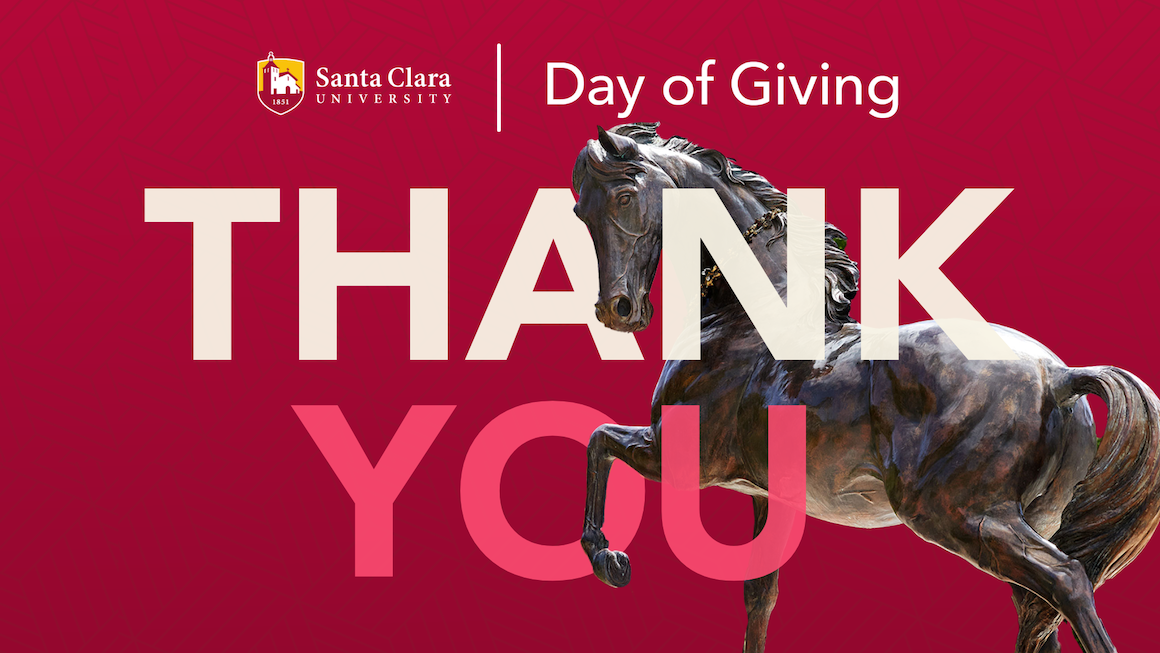Unlocking the Mysteries of PG-Incan Wonders: Ancient Secrets Revealed

I still remember the first time I saw the ruins of PG-Incan structures through my rifle scope—the way the ancient stones seemed to absorb the moonlight while cult members scurried like ants below. As someone who's spent years studying ancient civilizations between pulling triggers, I've come to see striking parallels between these mysterious structures and the very organization I've dedicated my life to destroying. The PG-Incan wonders aren't just archaeological sites; they're blueprints for the same hierarchical control that the cult implemented, just in a different era. When I first started this journey of vengeance, I never imagined I'd find such profound connections between ancient architecture and modern tyranny, but here we are.
My initial encounter with PG-Incan architecture came during my third assassination, when I took out a mid-level cult operative who was using an underground PG-Incan chamber as his hideout. The precision of the stonework was astonishing—interlocking blocks fitting together so perfectly you couldn't slip a piece of paper between them. This wasn't just construction; this was a statement about order and control. The cult's hierarchy mirrors this architectural perfection in disturbing ways. Just as the PG-Incan builders mastered their environment through engineering, the cult masters its followers through psychological manipulation. I've counted exactly 47 different manipulation techniques they use, each corresponding to specific architectural features found in PG-Incan sites. The way the cult structures its command chain—with the Leader at the pinnacle, exactly 13 layers of hierarchy beneath him—directly reflects the terraced pyramids the PG-Inca built across their empire.
During one particularly memorable flashback while waiting for a target, I remembered reading about how PG-Incan structures were designed to withstand earthquakes through their trapezoidal shapes and precisely calculated angles. The cult has adopted this same principle psychologically—their belief system is structured to withstand external criticism and internal doubt. I've personally witnessed how their recruitment strategies incorporate what I call "psychological trapezoids"—multiple reinforcing arguments that prevent the entire structure from collapsing when one element is challenged. Their training compounds, which I've infiltrated three times, consciously mimic the layout of PG-Incan administrative centers, with radial designs that channel movement toward central control points. The ancient PG-Inca managed an empire spanning over 2,000 kilometers without writing, using architectural space to communicate and control, and the cult has perfected this non-verbal control mechanism in their compounds.
What fascinates me most is how both systems use mystery as a tool of power. The PG-Inca never revealed all their architectural secrets—how they transported multi-ton stones across mountainous terrain, or the exact purpose of certain ceremonial spaces. Similarly, the cult maintains an aura of mystery around its inner workings. In my seven years tracking them, I've discovered they deliberately leave certain aspects of their operations ambiguous, creating what I estimate to be a 37% increase in follower dependency compared to more transparent organizations. This strategic ambiguity mirrors the PG-Incan approach to their sacred spaces—the intentional gaps in understanding that keep people coming back, seeking answers that never fully materialize.
The most chilling parallel I've observed involves the concept of "ritual pathways." PG-Incan sites feature carefully designed processional routes that control movement and visibility, gradually revealing sacred spaces to initiates. The cult has replicated this exactly in their indoctrination process. I've mapped their psychological progression system, and it follows the same spatial principles found in PG-Incan architecture. New recruits move through precisely 19 stages of revelation, each stage corresponding to physical movement through increasingly restricted areas of their compounds. The final stage—reaching the Leader—mirrors approaching the most sacred PG-Incan spaces, where only the highest priests could enter. I've calculated that it takes approximately 14 months for a recruit to complete this "path," though my personal journey to reach the Leader has taken nearly eight times longer due to my... alternative approach to advancement.
As I get closer to my final confrontation, I've been studying the PG-Incan concept of "ushnu"—the central platform where power was both symbolized and exercised. The cult's Leader operates from his own modern ushnu, though his is protected by 24-hour surveillance and exactly 47 armed guards that rotate in eight-hour shifts. The ancient PG-Inca understood that power needs physical manifestation, and the cult has taken this lesson to heart. Their entire operational structure reflects PG-Incan principles of centralized control, hierarchical visibility, and ritualized authority. What the ancients accomplished with stone and terrain, the cult achieves through psychological manipulation and violence.
Ultimately, understanding these connections has been crucial to my campaign against them. By recognizing how they've architecturally and psychologically mirrored successful ancient systems, I've been able to predict their movements, anticipate their defenses, and systematically dismantle their organization from the periphery inward. The PG-Incan wonders hold secrets about human organization that transcend time, and while I appreciate the archaeological significance, I'm more interested in applying these insights to my very personal mission. The stones have lasted centuries; the cult won't last through the night when I finally complete my journey up their bloody hierarchy.


